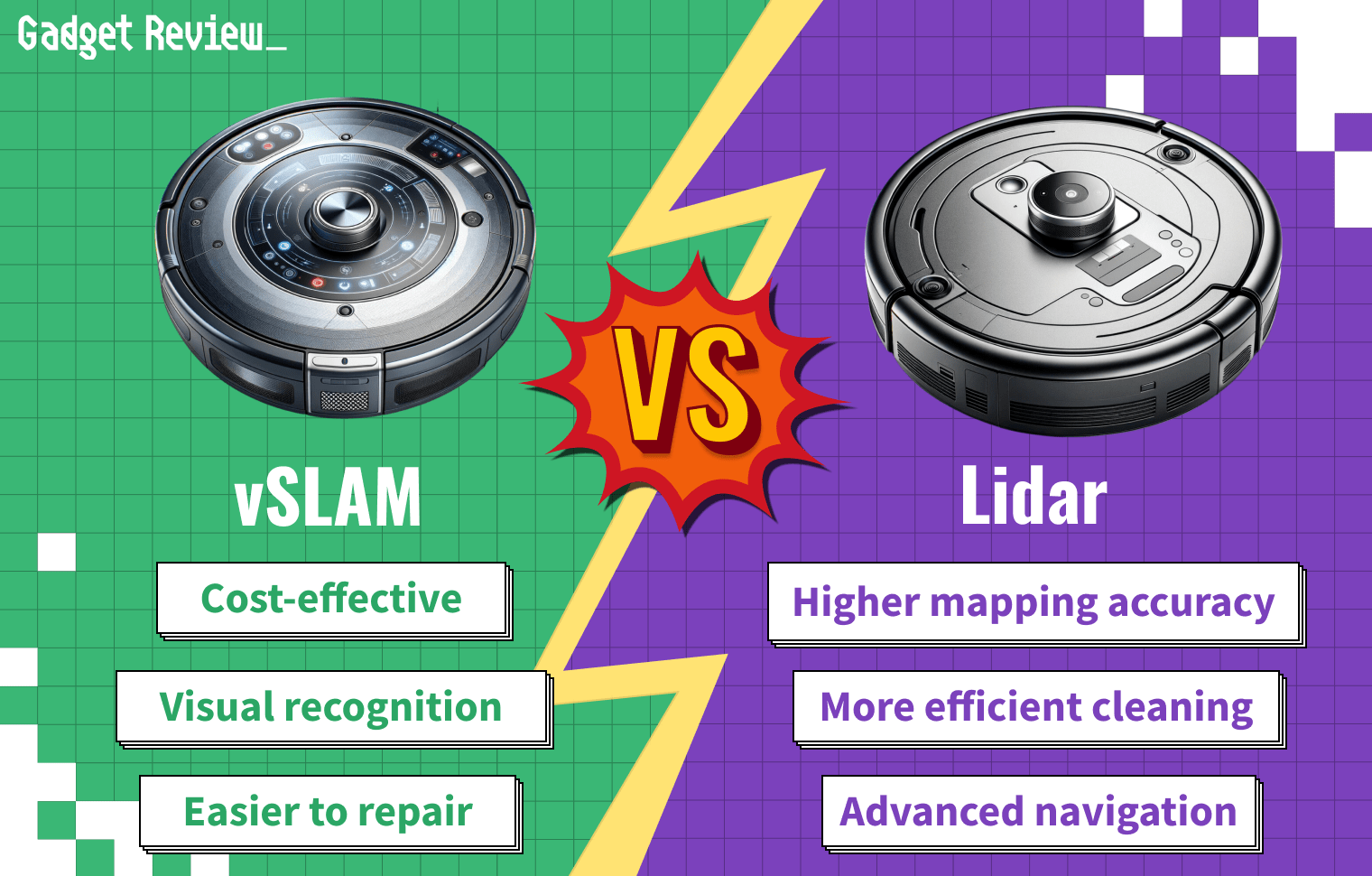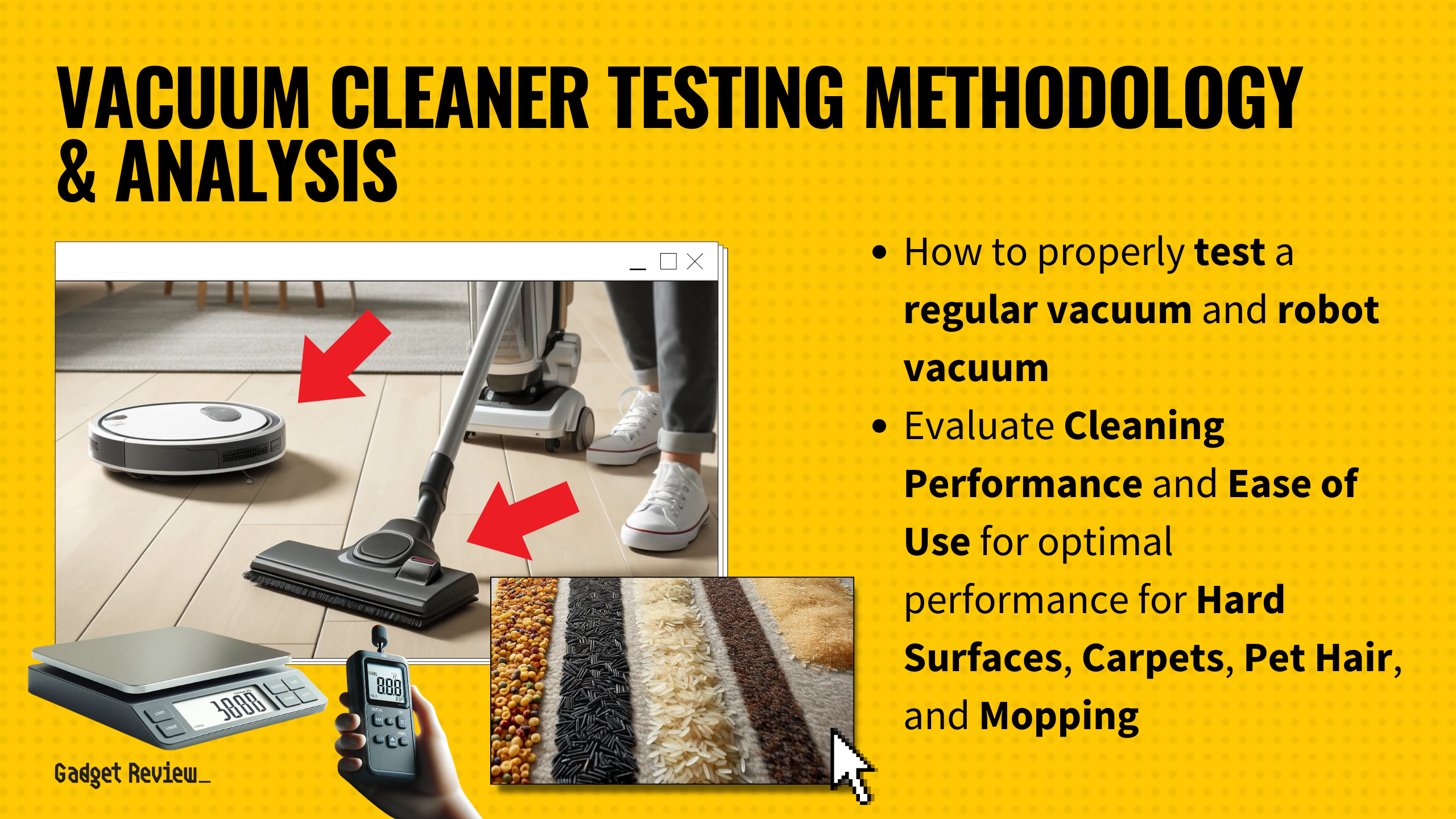Algae in pools can be a persistent and frustrating issue for pool owners. It’s essential to tackle this problem effectively, even without the use of a strong vacuum.
This post will guide you through identifying algae types, choosing the right treatment, and maintaining your pool to prevent future algae growth.
Quick Solution to Algae Removal
- To remove algae from your pool without a vacuum, start by identifying the type of algae. Is it green, black, or yellow?
- Use a suitable algaecide, such as Baquacil, for the specific algae type and apply a shock treatment with chlorine products.
- Regular brushing of the pool’s surfaces and using filters effectively can also help in removing and preventing algae.
insider tip
Algae can make pool surfaces slippery and can also clog filters and pumps. Additionally, algae can produce toxins that can irritate the skin and eyes.
Removing Algae from a Pool Visual Guide
If you want more help removing algae from a swimming pool, take a look at the video below.
Identifying Algae Types
Understanding the type of algae in your pool is crucial. Each type requires a different approach for effective removal.
| Type of Algae | Appearance | Common Causes | Treatment Methods |
|---|---|---|---|
| Green Algae | Light green suspension in water to thick, slimy deposits on pool surfaces. | Poor filtration and sanitation, imbalanced pool chemicals. | Regular shock treatments, algaecides specific to green algae, brushing, and maintaining proper chlorine levels. |
| Black Algae | Appears as dark spots, often with a raised, layered texture. Tends to root deeply into pool surfaces. | Poor water balance, lack of proper sanitation, and neglected maintenance | Aggressive brushing, high-strength chlorine shock treatments, specific algaecides for black algae. Pumice stone for spot treatments. |
| Yellow (Mustard) Algae | Powdery or slimy texture, often mistaken for sand or dirt. Clings to pool walls and shady areas. | Inadequate circulation, filtration, and sanitation. | High chlorine levels, brushing, algaecides formulated for yellow algae, and thorough cleaning of pool equipment and accessories. |
Depending on the algae you have and the pool size, your cleaning solution will likely cost under $60 or even less.
Essential Cleaning Tools

For a thorough clean, you’ll need:
- A plastic leaf rake for removing large debris without damaging the pool lining.
- Brushes suitable for your pool type: metal or stainless steel for concrete pools, and nylon for vinyl pools.
- Tennis balls to absorb and remove oil stains from the pool’s surface.
Treatment Options
- Algaecide: Choose an algaecide that matches your algae type. Multi-Purpose, Metallic, and Ammonia algaecides are available options.
- Shock Treatment: Regular use of chlorine shock products helps in not only clearing algae but also in maintaining overall pool hygiene.
Effective Use of Pool Filters
Filters, when used in conjunction with pumps, are excellent for algae removal.
After brushing the pool walls and floor, turn on the filter to remove the algae from the water.
STAT: The most common type of algae found in swimming pools is green algae.
Preventive Maintenance Strategies

Preventing algae is easier than removing it:
- Cover your pool when not in use to prevent debris accumulation.
- Ensure that your pool’s filters and pumps are working efficiently to avoid stagnant water, which encourages algae growth.
- Stick to a regular cleaning schedule, including brushing the pool’s surfaces and skimming the water.
Algae Removal Techniques Without Vacuum
- Manual Removal: After brushing the pool, allow the algae to settle at the bottom. Then, manually collect it with a dustpan.
- Algaecide Application: Circulate the algaecide in the pool for 24 hours to ensure thorough algae elimination.
Removing and preventing algae in your pool without a vacuum is entirely achievable with the right approach.
STAT: Black algae, yellow algae, and pink algae are also found in pools and are much harder to remove.
By identifying the type of algae, using appropriate tools and treatments, and maintaining regular pool cleanliness, you can keep your pool clear and algae-free.
Regular maintenance is key to a healthy swimming environment.
























